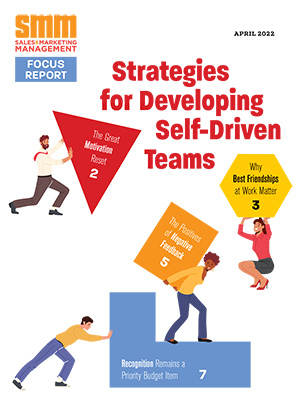The amount of change in marketing technology is staggering. When your goal is to drive leads you constantly look for the silver bullet. If you’re like most marketers, you get overwhelmed keeping up with what’s new. You also fear you are missing out on the next best thing.
As your team executes your marketing strategy, you evaluate if you have the right technology. New technologies are acquired to bring you closer to utopia. But often they only deliver complexity. How do the top marketing leaders weigh their technology options? They evaluate their needs against technology infrastructure best practices.
Your goal is to arm your team with controls they can handle. It’s useless to hand them controls that look like a 747 cockpit. If you are in a small/medium size organization, you have to focus on priorities. Throwing money at more technology you can’t handle doesn’t help the bottom line.
The following technology infrastructure best practices provide the foundation for marketing effectiveness.
1. Website configured to capture inquiries through custom landing pages. Most leads begin when a prospect declares their interest by filling out a form. There should be quality content that is ungated on your website. Mixed in are high-value assets that are “gated” to drive form submissions.
2. Progressive profile building and/or login capabilities. Build profile data over time through a succession of simple form questions. This gives you more insight into your leads by asking the right questions at the right time. The insight captured can help increase stage conversion rates.
3. A common CRM across marketing and sales. When inquiries become leads, the lead development rep (LDR) works in the same CRM system as sales. This prevents communication conflicts when there are existing opportunities in the pipeline. It allows for notes and activities to be recorded in a single CRM. Sales and marketing can align.
4. Marketing automation system in place. Marketing automation technology increases the efficiency and effectiveness of the lead generation team. Before purchasing a marketing automation system, nail down the content and lead management strategy. Many organizations mistakenly purchase marketing automation and they have no content to feed it. Be prepared to invest time in developing your lead management process before configuring your automation.
5. Integrate the CRM and marketing automation. You should have the ability to monitor the interest level of your qualified leads. Be able to create nurture paths that move leads through their buying process. Quickly identify when a lead is ready to purchase.
6. 1:1 Contact Integration Between CRM and Marketing Automation. The CRM should act as the primary database synching to the marketing automation system.
7. Capture level of interest through scoring of prospect activities.
A point system is required to capture prospect activity. The score indicates the level of interest in products or services. This includes website page viewed, downloads, email clicks, webinar participation, and offline events. The score is also valuable for setting thresholds for levels of engagement and to prioritize follow-up.
8. Automated lead nurturing. Once a prospect fills out a form, automated lead nurturing pulls them down the buying path. Automated nurturing is leveraged until prospects show a reasonable increased level of interest. At that point 1-to-1 human interaction begins. The Lead Development Rep (LDR) begins 1:1 nurturing. The automated nurturing provides an efficient ability to nurture many. Those who are truly interested, rise to the top for human follow-up.
9. Tracking capability to close the loop. Tracking capability to tie campaign activities through to opportunities in a closed loop. Website and campaign tracking must be in place. This provides a full view of how individuals navigate through the buying process and their interactions.
• Campaign element tracking – Emails, display, ppc, and communica-tions sent from individuals should provide full click metrics reporting.
• Website tracking – Individual website pages, forms, downloads and video viewing must be tracked. Both in aggregate and at the individual contact level. The individual contact level tracking is tied to a contact in the CRM.
• Inquiry > Marketing Captured Lead MCL > Marketing Qualified Lead MQL > Sales Qualified Lead (SQL) > Opportunity tracking –
The conversion between lead management stages to move a prospect through from inquiry onto opportunity. This provides insights into how LDRs are performing at various stages of the process.
There’s a wave of new technologies for marketing leaders to leverage. It’s easy to get overwhelmed or even afraid you are falling behind. You need a way to filter the noise of new technology that can sidetrack your team.
The Sales Benchmark Index Technology Infrastructure Best Practices assessment can help keep you focused on what matters. A link to the SBI assessment can be found in the Additional Web Resources box at SalesandMarketing.com.


